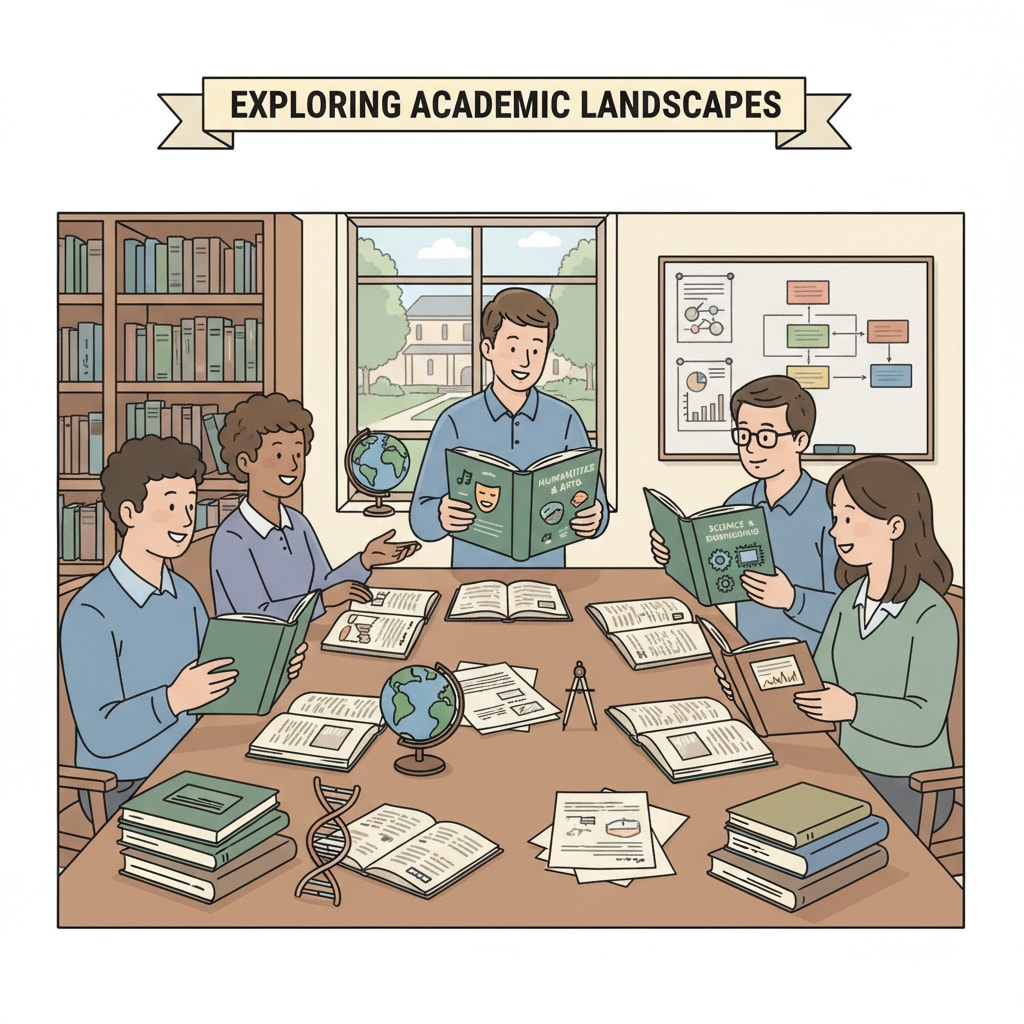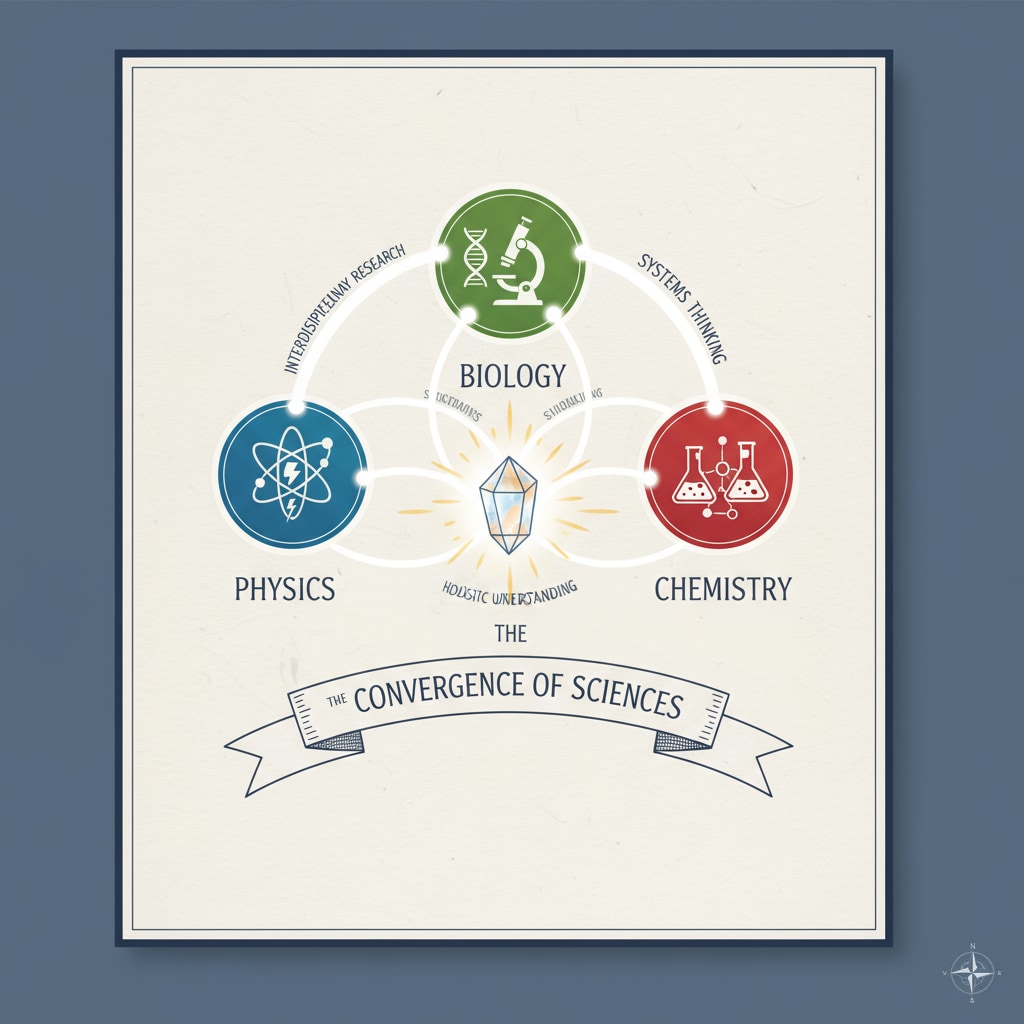Software engineering, major switching, and degree options are crucial topics for students who aspire to move from the realm of software engineering to hard science fields. For software engineering students with a desire to explore new academic horizons, making the switch to hard science fields can be both an exciting and daunting prospect. The transition offers opportunities to expand knowledge and skills, but it also comes with its fair share of challenges.

The Motivations Behind the Transition
There are several reasons why software engineering students might consider a shift to hard science fields. Some students may develop a newfound passion for the fundamental principles and research aspects of hard sciences such as physics, chemistry, or biology. For example, the intersection of software and biology in bioinformatics can be a fascinating area to explore. Others might see better career prospects in hard science sectors, which often offer a wide range of research and development opportunities. According to Britannica’s career development section, the demand for professionals with a blend of software and hard science skills is on the rise.

Challenges Faced in the Transition
However, this transition is not without difficulties. One of the main challenges is the significant difference in curriculum. Hard science fields typically require a strong foundation in mathematics, physics, and other core subjects. Software engineering students may lack the in-depth knowledge in these areas. Additionally, the research methods and laboratory skills in hard sciences are quite distinct from those in software engineering. As a result, students need to invest a substantial amount of time and effort in catching up. For instance, learning how to conduct experiments in a physics laboratory or analyze chemical data requires a new set of skills. Wikipedia’s page on career transition also highlights similar challenges faced by students changing their academic and career paths.
Another hurdle is the competition in hard science programs. These fields are highly competitive, and admissions committees often look for students with a solid background in the relevant disciplines. Software engineering students need to find ways to stand out among the applicants.
Degree Options for the Transition
In addition to understanding the challenges, it’s essential to explore the degree options available. One option is to pursue a master’s degree in a hard science field. This allows students to build on their existing knowledge from software engineering and gain specialized knowledge in the new field. For example, a master’s in computational physics can bridge the gap between software and physics. Another option is to consider a dual-degree program, which combines software engineering with a hard science discipline. This provides a comprehensive education that equips students with skills from both areas. Some universities also offer graduate certificates in hard science-related topics, which can be a shorter and more focused way to gain new skills.
Readability guidance: As we’ve seen, the transition from software engineering to hard science fields involves multiple aspects such as motivations, challenges, and degree options. By understanding these elements, students can make informed decisions about their academic and career paths. Using short paragraphs and lists helps to clearly present the key points. Each H2 section has a list or clear explanation. We’ve also controlled the use of passive语态 and long sentences, and added transition words like “however”, “for example”, and “additionally” to make the article flow smoothly.


